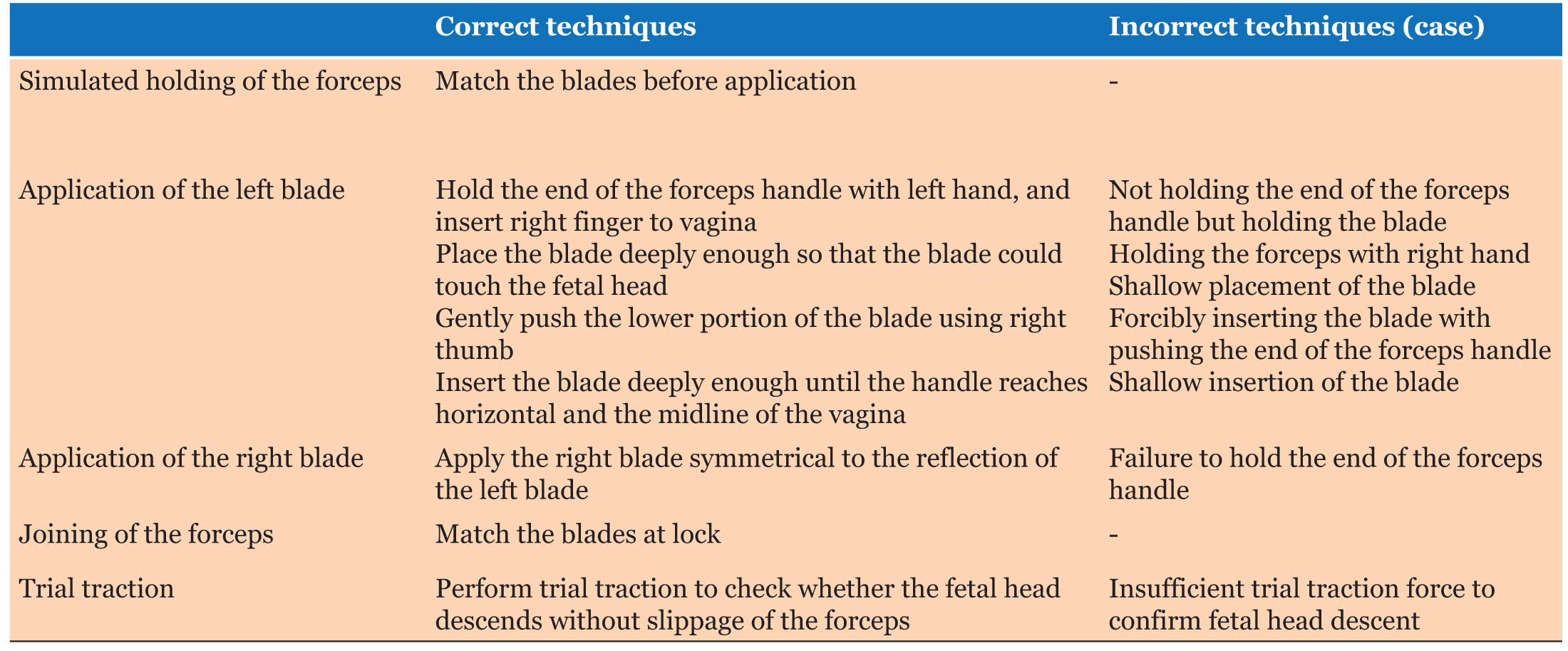Case Report
Bubble contrast echocardiography study for diagnosing pulmonary arteriovenous shunt in a case of hepatopulmonary syndrome
1 Senior PICU Specialist, Department of Pediatric Intensive Care, Aster CMI Hospital, Bangalore, Karnataka, India
2 Consultant Pediatric Cardiologist, Aster CMI Hospital, Bangalore, Karnataka, India
Address correspondence to:
Sandip Gupta
(Fellowship of National Board - PICU), Senior PICU Specialist, Department of Pediatric Intensive Care, Aster CMI Hospital, Bangalore 560092, Karnataka,
India
Message to Corresponding Author
Article ID: 100003VAM08SG2020
doi: 10.5348/100003VAM08SG2020CR
Access full text article on other devices

Access PDF of article on other devices

How to cite this article
Gupta S, Arigela K, Mohanty S. Bubble contrast echocardiography study for diagnosing pulmonary arteriovenous shunt in a case of hepatopulmonary syndrome. Video J Clin Res 2020;2:100003VAM08SG2020.Abstract
Introduction: Hepatopulmonary syndrome is an important cause of hypoxemia in children with chronic liver disease. We demonstrate the clinical utility of a simple bedside test to diagnose the condition.
Case Report: A 10-year-old with Budd–Chiari malformation presented with severe hypoxemia. Chest X-ray and computed tomography (CT) thorax were normal. Bubble contrast echocardiogram showed return of bubbles to left atrium between the third and fourth cardiac cycle suggestive of pulmonary arteriovenous shunt.
Conclusion: Contrast echocardiogram is a sensitive tool to diagnose pulmonary arteriovenous shunt.
Keywords: Bubble contrast echocardiography, Hepatopulmonary syndrome, Pulmonary arteriovenous shunt
Introduction
Pulmonary arteriovenous shunt is an uncommon cause of hypoxia in children. Pulmonary arteriovenous malformations (PAVM) may be seen as isolated abnormalities or in association with hereditary hemorrhagic telangiectasia. Chronic liver disease is a rare cause of pulmonary arteriovenous shunt in the pediatric age group. It is hypothesized that the lack of some “hepatic factor” may contribute to the development of PAVM in patients with liver disease [1]. We report a case of Budd–Chiari syndrome with severe hypoxia, who was diagnosed to have pulmonary arteriovenous shunt, using bubble contrast echocardiography.
Case Report
A 10-year-old girl, previously diagnosed as Budd–Chiari syndrome with Factor V Leiden mutation, presented with a history of three episodes hematemesis in last 24 hours. She had undergone variceal ligation and left-sided portal vein stenting one year back and started on anticoagulation but was lost to follow up. In ER, she had severe hypoxia and shock requiring intubation.
She was ventilated with following settings: Pressure regulated volume control mode-FiO2-100%, PEEP-12, R/R-30, TV-120 mL. Chest X-ray was normal. But PaO2/FiO2 ratio was <60. The possibility of pulmonary thromboembolism was ruled out by CT thorax angiography and echocardiography. Considering the underlying illness, hypoxia was thought to be due to hepatopulmonary syndrome.
Subsequently, bubble contrast echocardiography was done showing appearance of bubbles in left atrium between the third and fourth cardiac cycle (Video 1 and Figure 1). Diagnosis of pulmonary arteriovenous shunt secondary to hepatopulmonary syndrome was confirmed with technetium 99 lung perfusion scan showing large shunting at the pulmonary capillary bed level.
In view of intractable liver failure, liver transplantation was planned, but the child developed ventilator-associated-pneumonia and sepsis and succumbed to the illness.
Access video on other devices
Discussion
Contrast echocardiography using agitated saline bubbles of minimum of 15 microns can be used as a diagnostic tool for hepatopulmonary syndrome [2]. Normally, microbubbles are trapped in pulmonary vasculature and absorbed. However, in presence of pulmonary arteriovenous shunts like hepatopulmonary syndrome or pulmonary arteriovenous malformations, the bubbles are seen in the left heart after the third heartbeat [3], usually between the third and sixth heartbeat as demonstrated in Video 1. Whereas, in presence of intracardiac right to left shunts, these microbubbles are seen in the left heart within the first three cardiac cycles [4]. Perfusion scans using technetium-labeled albumin macroaggregates (Tc-99m MAA) are diagnostic tests for pulmonary arteriovenous malformations and permit precise shunt quantification [5], but they need mobilization of the patient outside ICU, which is often associated with potential risks in critically ill patients, whereas bubble contrast echocardiography can be done at bedside without any such concerns.
Conclusion
Contrast echocardiography is a sensitive bedside test to screen for pulmonary arteriovenous shunt.
References
1.
Barbé T, Losay J, Grimon G, et al. Pulmonary arteriovenous shunting in children with liver disease. J Pediatr 1995;126(4):571–9. [CrossRef]
[Pubmed]

2.
Ho V. Current concepts in the management of hepatopulmonary syndrome. Vasc Health Risk Manag 2008;4(5):1035–41. [CrossRef]
[Pubmed]

3.
Khan AN, Al-Jahdali H, Abdullah K, Irion KL, Sabih Q, Gouda A. Pulmonary vascular complications of chronic liver disease: Pathophysiology, imaging, and treatment. Ann Thorac Med 2011;6(2):57–65. [CrossRef]
[Pubmed]

4.
Valdes-Cruz LM, Sahn DJ. Ultrasonic contrast studies for the detection of cardiac shunts. J Am Coll Cardiol 1984;3(4):978–85. [CrossRef]
[Pubmed]

5.
Chokkappan K, Kannivelu A, Srinivasan S, Babut SB. Review of diagnostic uses of shunt fraction quantification with technetium-99m macroaggregated albumin perfusion scan as illustrated by a case of Osler–Weber–Rendu syndrome. Ann Thorac Med 2016;11(2):155–60. [CrossRef]
[Pubmed]

Supporting Information
Author Contributions:
Sandip Gupta - Substantial contributions to conception and design, Drafting the article, Revising it critically for important intellectual content, Final approval of the version to be published
Karthik Arigela - Substantial contributions to conception and design, Drafting the article, Final approval of the version to be published
Sweta Mohanty - Substantial contributions to conception and design, Interpretation of data, Drafting the article, Revising it critically for important intellectual content, Final approval of the version to be published
Data Availability Statement:The corresponding author is the guarantor of submission.
Consent For Publication:Written informed consent was obtained from the patient for publication of this article.
Competing Interests:Authors declare no conflict of interest.






